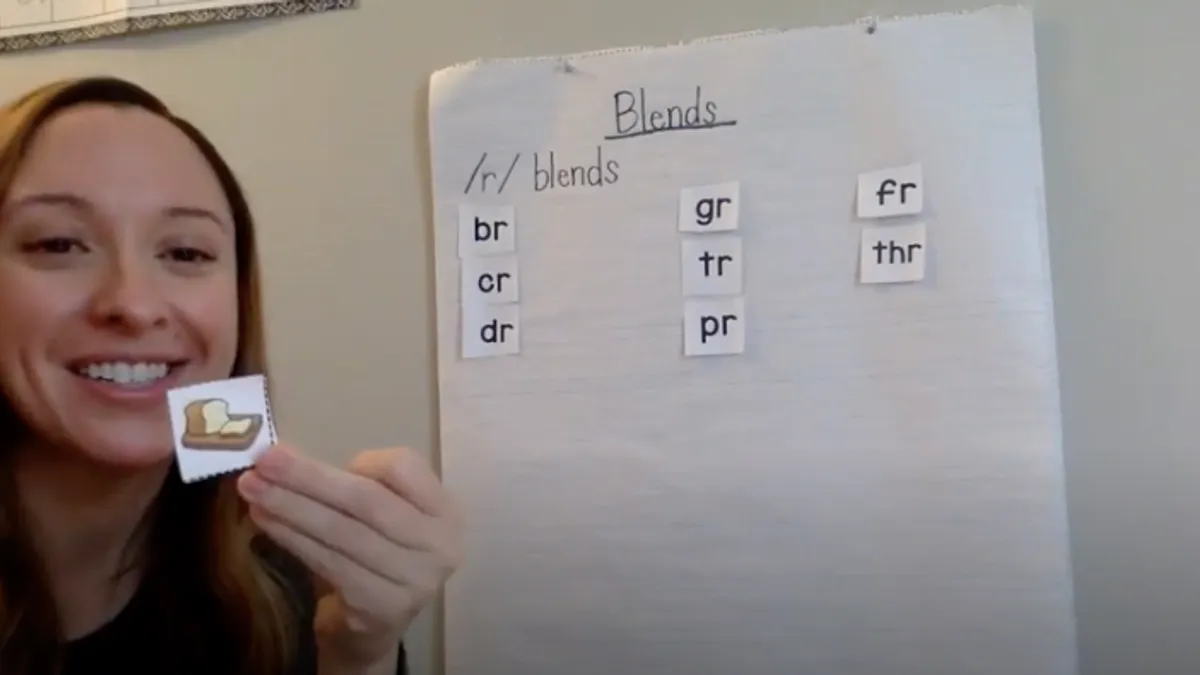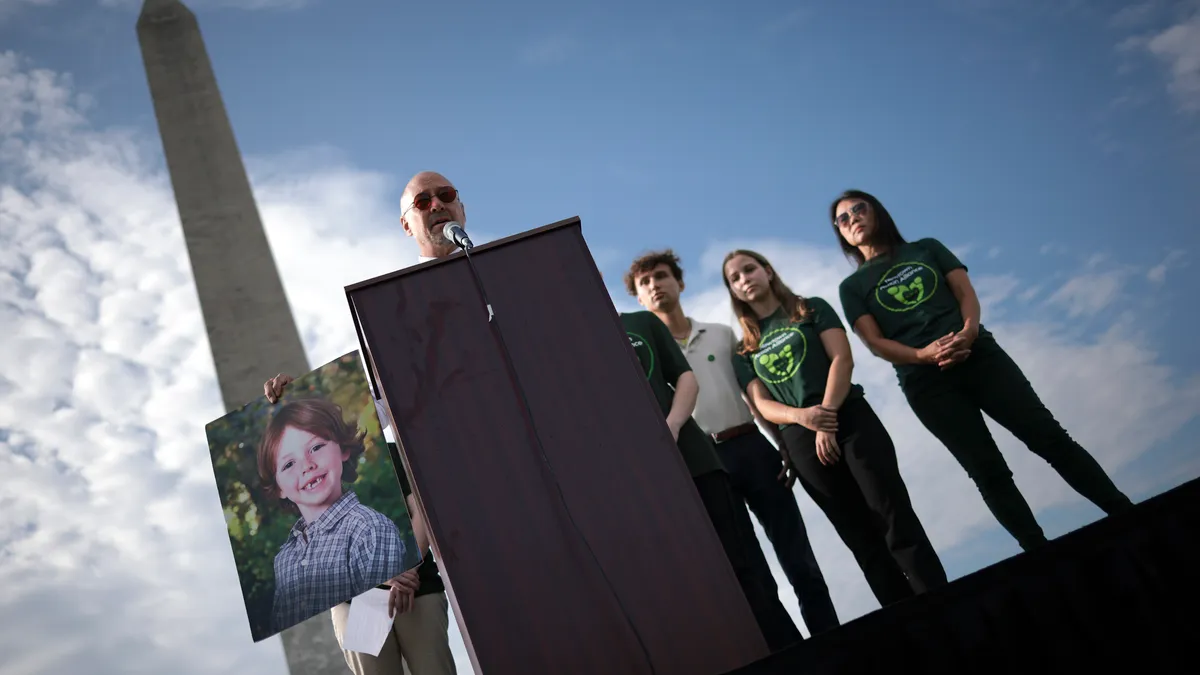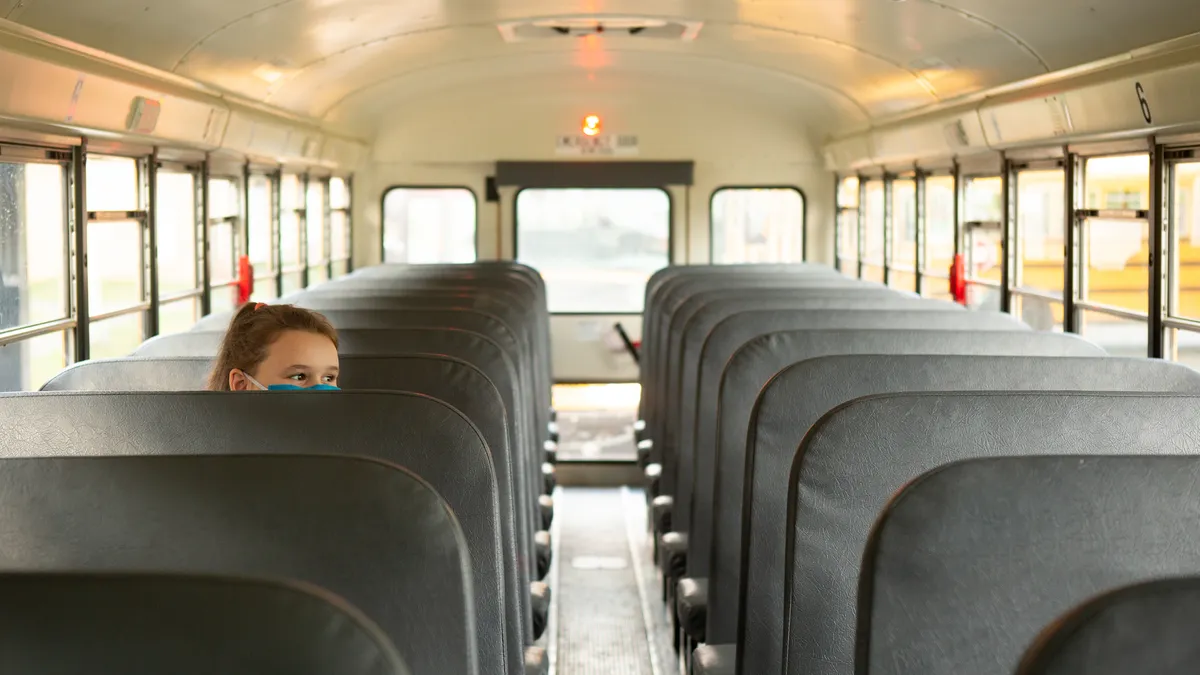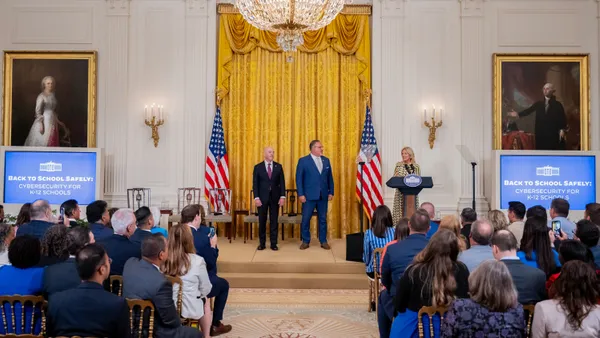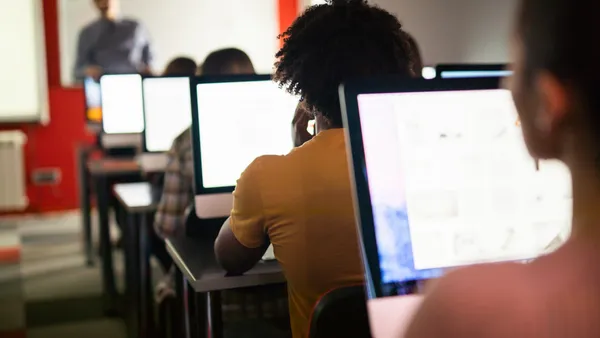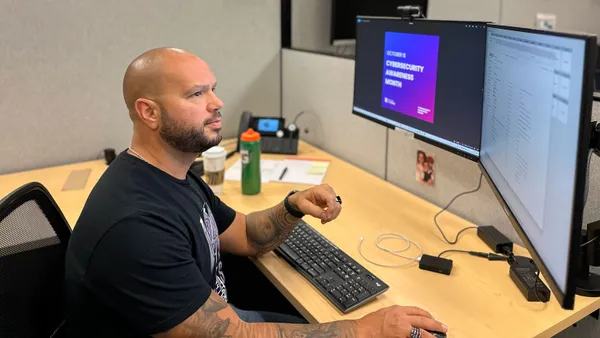Dive Brief:
- It’s been a challenge to shift kindergarten online, as that particular year of school is a huge leap for young students discovering not only how to actually be in school — and all that entails — but also developing new skills such as learning how to read, Edutopia reports. But there are steps educators can take to ease the transition, both to school and an online space.
- By creating a connection with parents and guardians, educators enlist them as partners in their child’s education. That can include having adults sign on to a videoconferencing session for their child, or sending them emails so they know their student's upcoming assignments. Teachers can also schedule downtime online, such as a virtual lunch hour, where students are on the computer with friends but not in a learning environment.
- Taking a step back from educational pressures, such as learning to read, also may help if that’s a possibility. If reading is a goal, creating smaller groups to work on phonics is one way to help focus students, and spelling practices where young children write a word and hold it up to the camera may encourage active involvement.
Dive Insight:
Over the past six months, educators have found tools that have helped while teaching young students in a virtual environment. Involving parents has been key, for example, as Edutopia noted. Educators can also make use of video calls they set up between themselves, families and students, or create videos that families can watch together, or parents on their own, that outline learning objectives so parents feel included.
Recess is a cornerstone of kindergarten, and some teachers may find adding that into a virtual learning day is key. That may include building regularly scheduled break times every day, whether young students are in school social distancing or online. The National Council of Teachers of English has activities on its site that can be tweaked for remote learning for young students.
One idea is to send children on a nature walk, collecting images from things they see and smell, and turning that experience into a poem. In China, one preschool teacher uploaded different activities, including mindfulness suggestions and yoga exercises, that students could try with their families, while also encouraging the to video or photograph the sessions and upload them to share with their class.
Holding synchronous K-12 activities can be challenging, particularly with young children. Asynchronous options may create more flexibility for young students and their families to engage with lessons, especially if there are challenges getting online at home.
Posting a read aloud on Facebook, as one teacher did in Georgia, helped mitigate these issues by allowing young students to engage with their teacher, but through a site parents can reach even with a smartphone. Students then sometimes read on their own, with their parents recording those sessions, which were later shared with the class so they could all stay connected.


